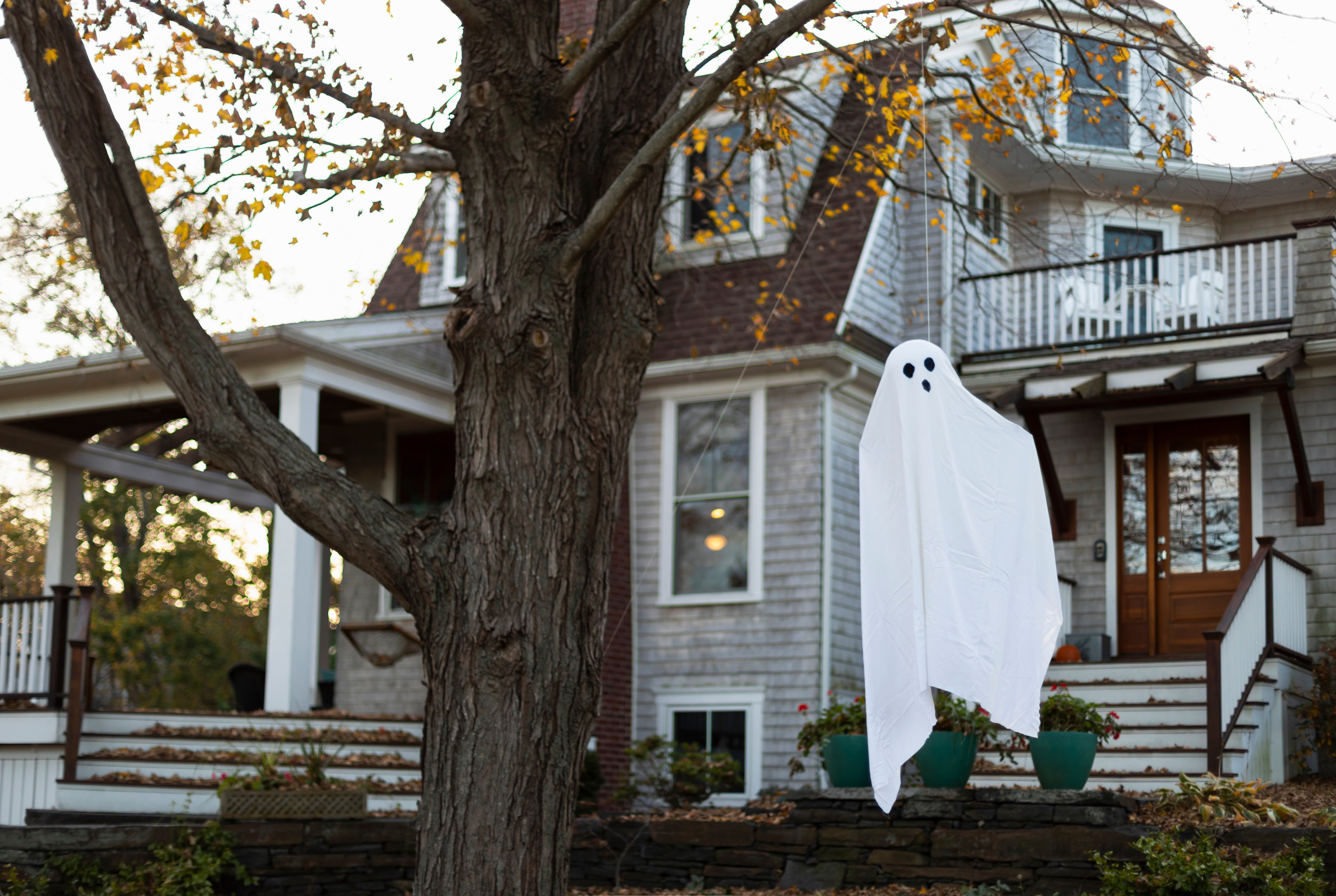Overview:
New homes have recently started to become smaller, but we are still far from the starter home era of 1940s-1970s, and a return is unlikely.
- Small homes represent about 20% of new builds, but that isn't aiding affordability.
- Material, labor, and land price increases are diminishing returns for builders and developers, even as development is pushed further out from city centers.
- Rising costs of property ownership are trickling down to renters, further squeezing affordability.

For much of the 20th century, Americans bought bigger homes in cheaper places. That model is breaking. Cotality data found that the size of new homes fell 10 square feet per year over the last five years. But land, labor, and lending costs have trended in the opposite direction, and smaller no longer means affordable. The dynamic has made the return of the "starter home*" – once the backbone of middle-class wealth — a fantasy.
In 1940, the average new home measured 1,100 square feet. By 2015, that figure had doubled. This growth mirrored the shift away from city centers to the suburbs, where land was cheap and zoning permissive. Buyers could stretch out and still afford to own.
That logic no longer holds. Even with an increase in the number of new homes under 1,500 square feet, Cotality data shows the median price of a newly built, single-family home in April 2025 that's under 1,500 square feet was $340,000. In most markets, that means individuals now need earnings above the national average salary to secure what would once have been entry-level housing. Size is shrinking, but affordability has not returned.
Declining supply of small homes has stabilized
Data source: Cotality, 2025
Peak suburbanization
Part of the issue is supply. Despite builders constructing more new homes with smaller footprints, only 20% of new builds were under 1,500 square feet. In 2011, that figure was 32%. Material and land prices are squeezing builder profitability for these smaller options. Many material costs have risen by double-digits over the past year, and Cotality data shows that tariffs are poised to further push home construction costs up by single digits over the next 12 months.
Generally, larger homes yield higher margins, which has long driven the trend toward American suburbanization. However, these far-flung lots eventually have diminishing returns. At the periphery of suburbia, land becomes cheaper to the point where the economies of scale can no longer offset the price to build, and developers turn back to urban environments to redevelop existing properties. Often, these urban infill projects require larger budgets to redevelop and are limited by a variety of interests that restrict the type of new homes that are acceptable.
Small home supply follows urban-suburban cycles
Data source: Cotality, 2025
Regulation also puts the brakes on smaller units. Zoning laws, density restriction, and historical precedent all play a part in slowing down small-scale development. Even in a market where a 4-million-unit supply gap has left most major metros teetering between expansion needs and affordability concerns, encouraging smaller units is a challenge, which has led to decades of builders retreating from this tier.
The secondary squeeze on affordability
Buyers who might once have entered the market now rent longer. And renting is not cheap. Rents rose 3.7% over the past year for higher-end units, making saving for a downpayment slower and harder. At the same time, small investors are active in the market. Cotality data shows that mom-and-pop landlords are the most frequent buyers of the lower-cost properties that first-time buyers are also chasing.



The market is stuck. Older owners are staying put, protected by low fixed-rate loans. Developers are focused on premium units where profit is possible. Would-be homeowners are paying increasingly large rents. The effect is a generation priced out of the country’s primary wealth-building tool.
Restructuring affordability
If structural constraints continue to stymie development of the homes people are searching for, affordability faces an uncertain future.
Florida illustrates the risk of leaving buyers with few realistic options. There, affordability has faltered. Homes linger on the market. Price growth stalls. Home equity drops. In consequence, households take their earnings elsewhere, stalling the rapid growth that has brought the state prosperity.
Shrinking square footage was once a sign of entry-level opportunity. Today, it highlights the structural barriers that keep buyers out. Without intervention, the starter home may become a relic of the past.


*For this analysis, a starterhome is defined as being 1,500 square feet or below.





